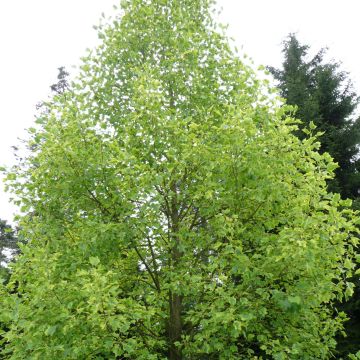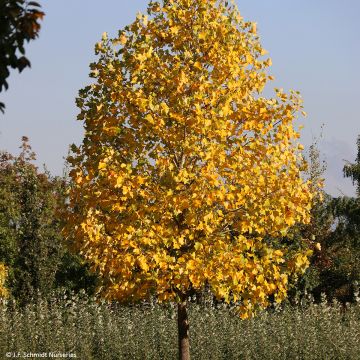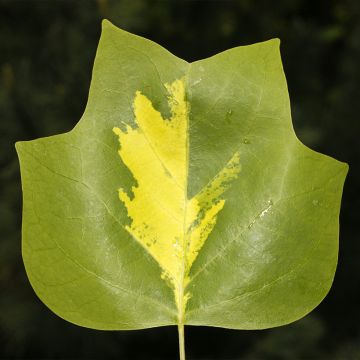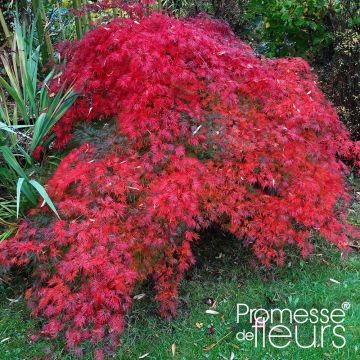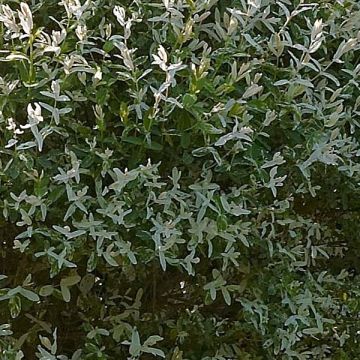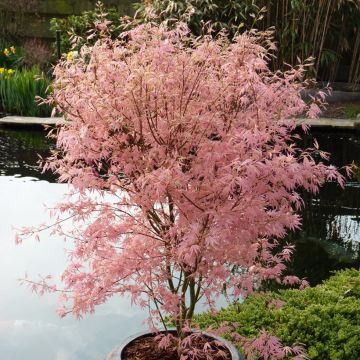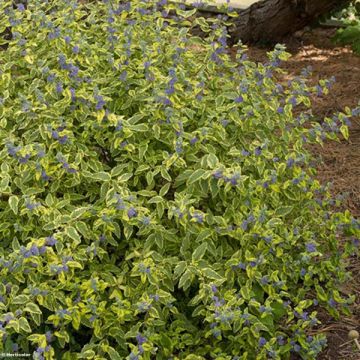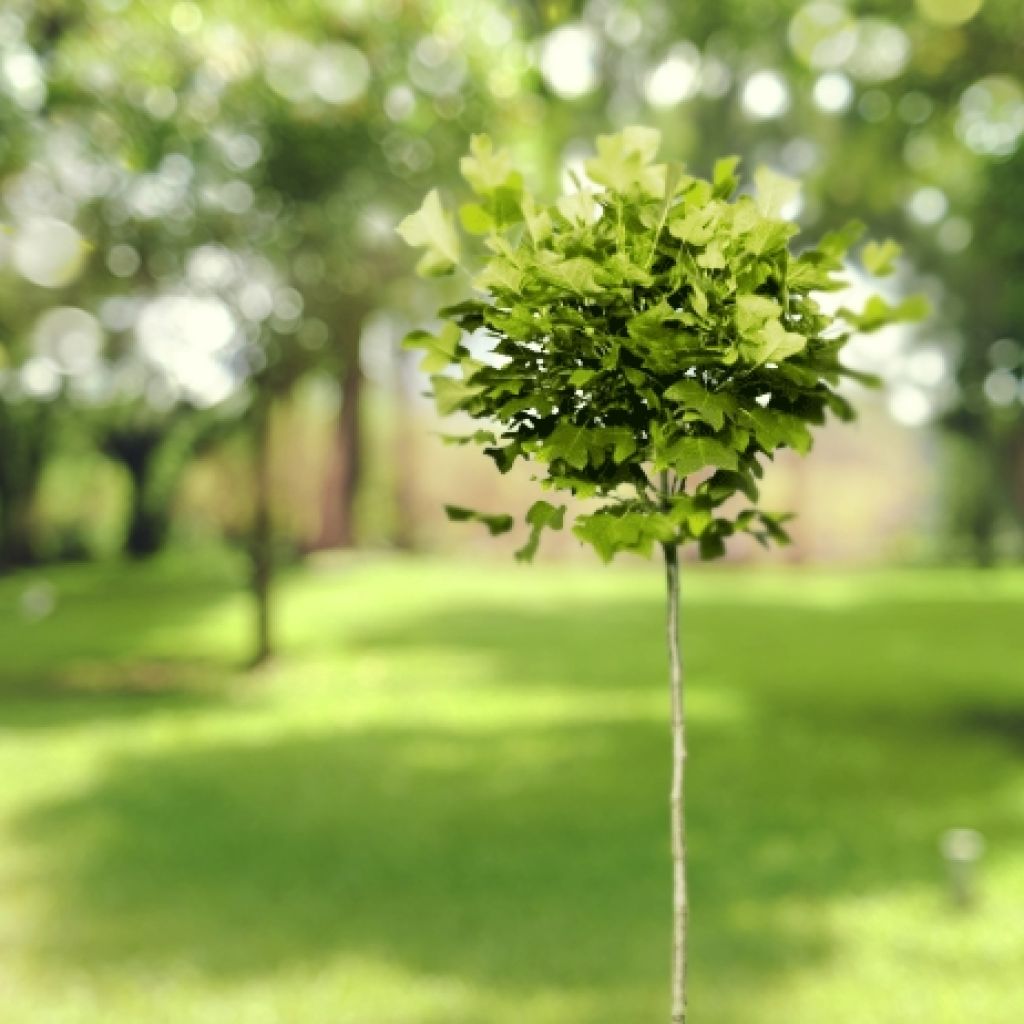

Liriodendron tulipifera Edward Gursztyn - Tulip Tree
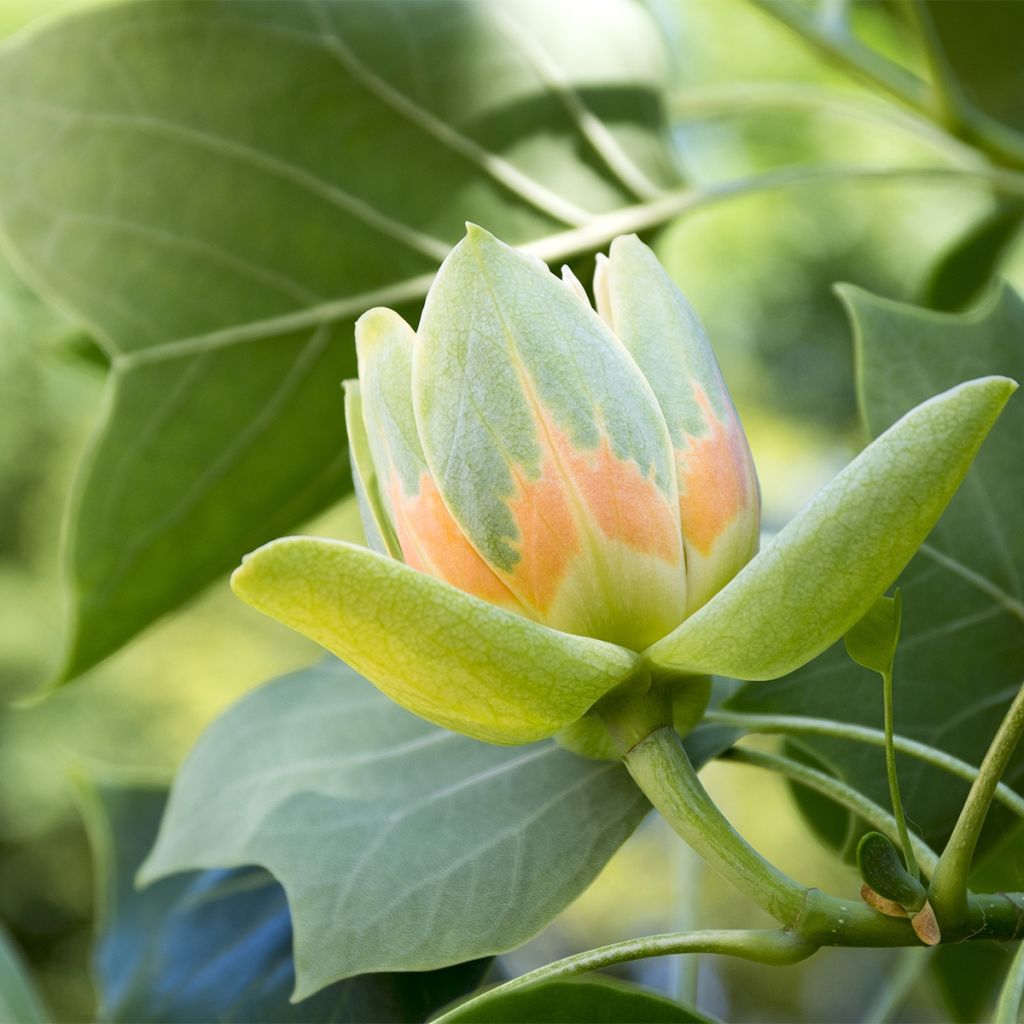

Liriodendron tulipifera Edward Gursztyn - Tulip Tree
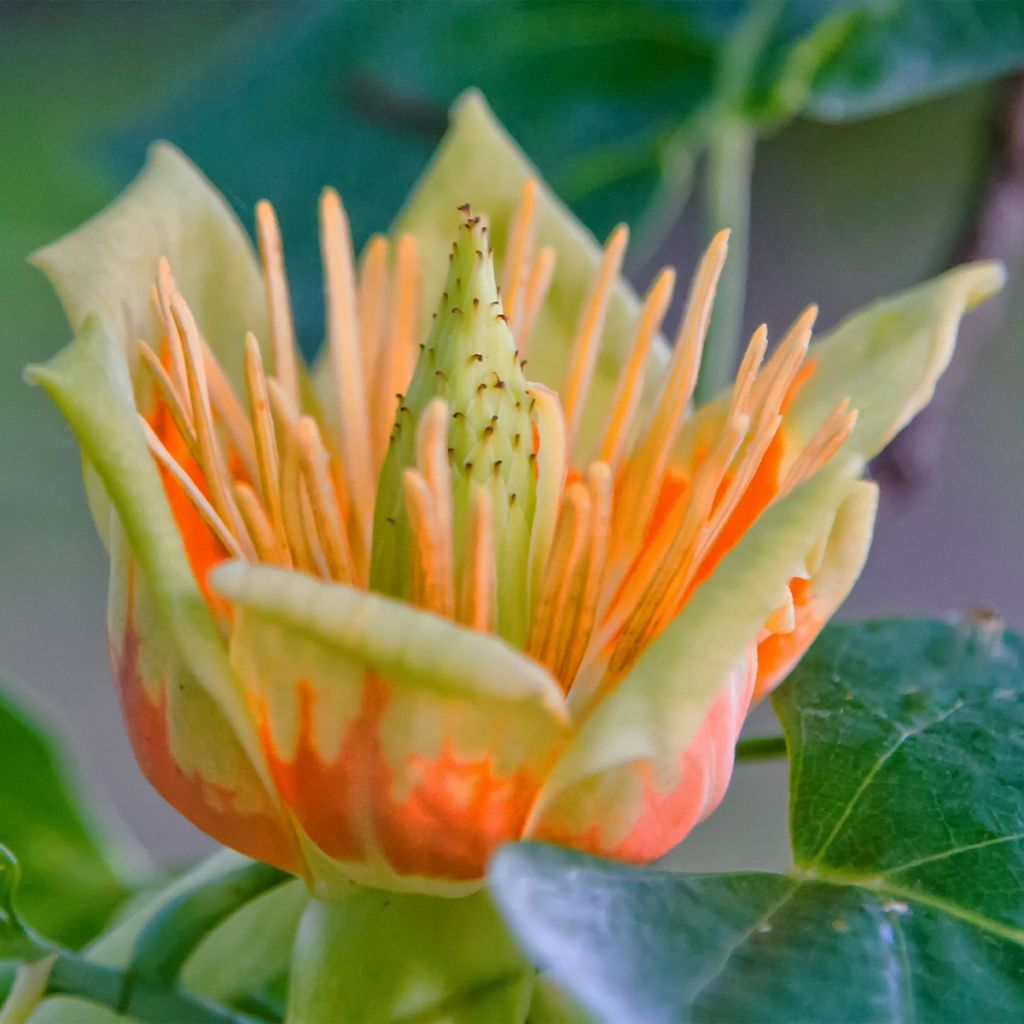

Liriodendron tulipifera Edward Gursztyn - Tulip Tree
Liriodendron tulipifera Edward Gursztyn - Tulip Tree
Liriodendron tulipifera Edward Gursztyn®
Tulip Tree, Yellow Poplar, Tulip Poplar
Special offer!
Receive a €20 voucher for any order over €90 (excluding delivery costs, credit notes, and plastic-free options)!
1- Add your favorite plants to your cart.
2- Once you have reached €90, confirm your order (you can even choose the delivery date!).
3- As soon as your order is shipped, you will receive an email containing your voucher code, valid for 3 months (90 days).
Your voucher is unique and can only be used once, for any order with a minimum value of €20, excluding delivery costs.
Can be combined with other current offers, non-divisible and non-refundable.
Why not try an alternative variety in stock?
View all →This plant carries a 24 months recovery warranty
More information
We guarantee the quality of our plants for a full growing cycle, and will replace at our expense any plant that fails to recover under normal climatic and planting conditions.
Would this plant suit my garden?
Set up your Plantfit profile →
Description
Liriodendron tulipifera 'Edward Gursztyn' is a very interesting variety of Tulip tree as it is well suited to small gardens. It forms a more or less spherical head, which, in addition to the height of the trunk (it is generally grafted at the top), limits its growth to 3.5 to 4m (11 to 13ft) in height. Its leaves have the same typical shape as the species, with slightly less cut lobes, and its tulip-shaped flowers, characteristic of the species, appear in May-June. Its globular crown takes on a beautiful yellow colour in autumn.
The Tulip tree belongs to the Magnoliaceae family. It is native to the Midwest of the United States. It can live up to 300 years in Europe. It is a giant in its native lands, where it can reach a height of 40m (131ft) at maturity. In our gardens, however, its adult size varies between 15 to 25m (49 to 82ft) in height, making it more of a park tree than a garden tree. There are a few noteworthy cultivars, with a fastigiate habit or variegated foliage, but 'Edward Gursztyn' is certainly the most interesting for gardeners who love the genus and are frustrated that they cannot plant the species in their too small garden!
This is a fairly recent Polish selection, discovered by Lucjan Gursztyn in 1996, from a witch's broom. This term refers to a plant "monstrosity" generated by a fungus, bacteria, virus, or other organisms (the exact origin is not yet known). Occasionally, a branch of a tree sees a proliferation of buds develop and grow, forming what may resemble a farmhouse broom. Fairly well-known in conifers, these deformations can produce aesthetically interesting cultivars, often with dense foliage and compact habit.
'Edward Gursztyn' is an example of a witch's broom among deciduous trees with horticultural interest. Named in honour of the founder of the Gursztyn nursery in Branievo, this variety has the advantage of a compact habit, which could almost be described as dwarf compared to the proportions of the original species. It forms a globular head, which can reach a diameter of 2m (7ft) over time, usually supported by a trunk as it is generally grafted at the top. Depending on whether it is grafted as a half-standard or a standard, this small tree will measure between 3.5 to 4m (11 to 13ft) at maturity. The original mother plant measured 1.8m (6ft) in diameter after 15 years, which clearly illustrates the slow growth of this variety. Its leaves, measuring 10 to 12cm (4 to 5in), are deciduous and have 4 lobes that are less deeply cut than those of the botanical species. Green during the growing season, the foliage turns yellow in autumn, which is one of the attractions of this Tulip tree. Its other interest lies in its tulip-shaped flowers, characteristic of the species. The flowers are solitary, measure 6 to 8cm (2 to 3in), and appear in May-June. They are made up of yellow-green tepals (a term referring to petals and sepals that are morphologically not very distinct) with an orange blotch at the base. This compact variety is perfectly hardy, down to about -27°C (-16.6°F), which allows it to be planted almost anywhere, as long as the soil remains sufficiently moist in summer.
'Edward Gursztyn' makes the Tulip tree accessible to small gardens to the delight of enthusiasts of original trees, both for its foliage and the unique flowering. Those who appreciate rarities can associate it with Parrotiopsis jacquemontiana, a large shrub with flowers like no other, consisting of a central sphere of yellow stamens surrounded by white bracts, and with splendid autumn colours. In the foreground of a border, plant the astonishing Fothergilla gardenii, with its white spike-like flowers and stunning autumn colours. Another unjustly overlooked small tree that shares the same requirements as our little Tulip tree is Stewartia pseudocamellia, whose flowers resemble those of Camellias and whose foliage turns orange and red when the first cold weather arrives.
Report an error about the product description
Liriodendron tulipifera Edward Gursztyn - Tulip Tree in pictures
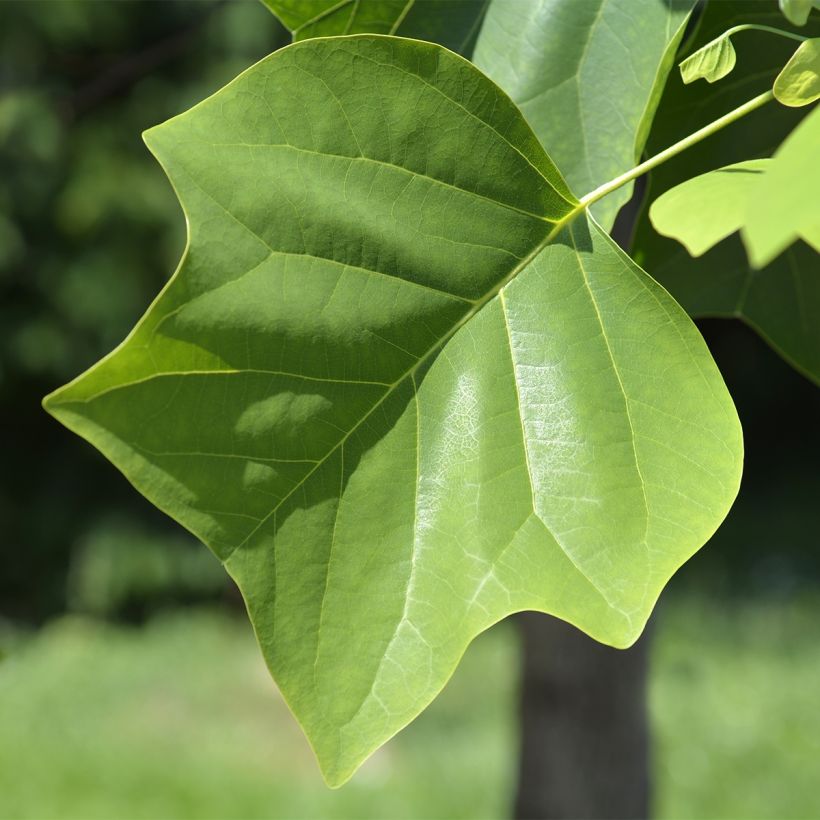

Plant habit
Flowering
Foliage
Botanical data
Liriodendron
tulipifera
Edward Gursztyn®
Magnoliaceae
Tulip Tree, Yellow Poplar, Tulip Poplar
Cultivar or hybrid
Other Liriodendron - Tulip tree
View all →Planting and care
It prefers deep, loose, rich and clayey soils, and a sunny or semi-shaded exposure. It requires moist soil throughout the year and withstands our cold winters perfectly. It will preferentially adapt to slightly acidic or neutral soils and tolerate those that are very slightly limestone. This tree does not appreciate significant pruning, which is perfectly unnecessary, given its slow growth and limited development.
Planting period
Intended location
Care
This item has not been reviewed yet - be the first to leave a review about it.
Similar products
Haven't found what you were looking for?
Hardiness is the lowest winter temperature a plant can endure without suffering serious damage or even dying. However, hardiness is affected by location (a sheltered area, such as a patio), protection (winter cover) and soil type (hardiness is improved by well-drained soil).

Photo Sharing Terms & Conditions
In order to encourage gardeners to interact and share their experiences, Promesse de fleurs offers various media enabling content to be uploaded onto its Site - in particular via the ‘Photo sharing’ module.
The User agrees to refrain from:
- Posting any content that is illegal, prejudicial, insulting, racist, inciteful to hatred, revisionist, contrary to public decency, that infringes on privacy or on the privacy rights of third parties, in particular the publicity rights of persons and goods, intellectual property rights, or the right to privacy.
- Submitting content on behalf of a third party;
- Impersonate the identity of a third party and/or publish any personal information about a third party;
In general, the User undertakes to refrain from any unethical behaviour.
All Content (in particular text, comments, files, images, photos, videos, creative works, etc.), which may be subject to property or intellectual property rights, image or other private rights, shall remain the property of the User, subject to the limited rights granted by the terms of the licence granted by Promesse de fleurs as stated below. Users are at liberty to publish or not to publish such Content on the Site, notably via the ‘Photo Sharing’ facility, and accept that this Content shall be made public and freely accessible, notably on the Internet.
Users further acknowledge, undertake to have ,and guarantee that they hold all necessary rights and permissions to publish such material on the Site, in particular with regard to the legislation in force pertaining to any privacy, property, intellectual property, image, or contractual rights, or rights of any other nature. By publishing such Content on the Site, Users acknowledge accepting full liability as publishers of the Content within the meaning of the law, and grant Promesse de fleurs, free of charge, an inclusive, worldwide licence for the said Content for the entire duration of its publication, including all reproduction, representation, up/downloading, displaying, performing, transmission, and storage rights.
Users also grant permission for their name to be linked to the Content and accept that this link may not always be made available.
By engaging in posting material, Users consent to their Content becoming automatically accessible on the Internet, in particular on other sites and/or blogs and/or web pages of the Promesse de fleurs site, including in particular social pages and the Promesse de fleurs catalogue.
Users may secure the removal of entrusted content free of charge by issuing a simple request via our contact form.
The flowering period indicated on our website applies to countries and regions located in USDA zone 8 (France, the United Kingdom, Ireland, the Netherlands, etc.)
It will vary according to where you live:
- In zones 9 to 10 (Italy, Spain, Greece, etc.), flowering will occur about 2 to 4 weeks earlier.
- In zones 6 to 7 (Germany, Poland, Slovenia, and lower mountainous regions), flowering will be delayed by 2 to 3 weeks.
- In zone 5 (Central Europe, Scandinavia), blooming will be delayed by 3 to 5 weeks.
In temperate climates, pruning of spring-flowering shrubs (forsythia, spireas, etc.) should be done just after flowering.
Pruning of summer-flowering shrubs (Indian Lilac, Perovskia, etc.) can be done in winter or spring.
In cold regions as well as with frost-sensitive plants, avoid pruning too early when severe frosts may still occur.
The planting period indicated on our website applies to countries and regions located in USDA zone 8 (France, United Kingdom, Ireland, Netherlands).
It will vary according to where you live:
- In Mediterranean zones (Marseille, Madrid, Milan, etc.), autumn and winter are the best planting periods.
- In continental zones (Strasbourg, Munich, Vienna, etc.), delay planting by 2 to 3 weeks in spring and bring it forward by 2 to 4 weeks in autumn.
- In mountainous regions (the Alps, Pyrenees, Carpathians, etc.), it is best to plant in late spring (May-June) or late summer (August-September).
The harvesting period indicated on our website applies to countries and regions in USDA zone 8 (France, England, Ireland, the Netherlands).
In colder areas (Scandinavia, Poland, Austria...) fruit and vegetable harvests are likely to be delayed by 3-4 weeks.
In warmer areas (Italy, Spain, Greece, etc.), harvesting will probably take place earlier, depending on weather conditions.
The sowing periods indicated on our website apply to countries and regions within USDA Zone 8 (France, UK, Ireland, Netherlands).
In colder areas (Scandinavia, Poland, Austria...), delay any outdoor sowing by 3-4 weeks, or sow under glass.
In warmer climes (Italy, Spain, Greece, etc.), bring outdoor sowing forward by a few weeks.
































